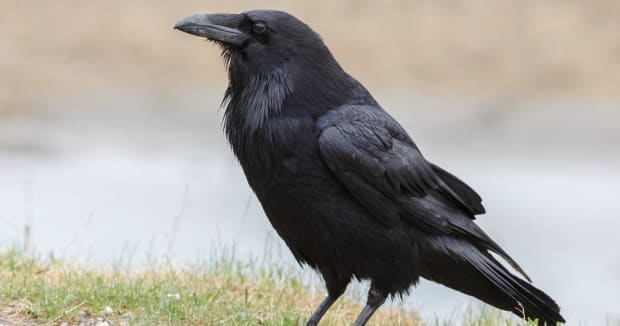Photo Credit: Chris Darimont/Raincoast Conservation Project
Chester Starr of the Heiltsuk First Nation knows that the wolves of British Columbia come in two varieties: timber wolves on the mainland and coastal wolves on the islands. Genetic research has finally confirmed what Starr’s tribe has always known.
It was Starr’s traditional ecological knowledge
that initially inspired Polish Academy of Sciences researcher Astrid V Stronen and University of Calgary scientist Erin Navid to take a closer look at British Columbia’s wolves. They wanted to see whether the Heiltsuk Nation’s folk knowledge was reflected in the wolves’ genes.
The puzzling thing is that wolves are capable of moving over vast geographical distances. They can easily travel more than 70 kilometers per day without even breaking a sweat. They can cross valleys and mountains, and can swim across rivers and even small channels of sea. Yet Stronen, Navid, and colleagues found stark genetic distinctions among wolf groups in an area just 2000 square kilometers.
Why are there such clear genetic groupings among wolf groups who ought to be able to intermix?
According to the researchers, it’s all about what they eat. Despite the tiny distances between the mainland and the islands — sometimes less than 1500 meters of water — there are tremendous ecological distinctions. The mainland is rugged and is home to tons of wildlife, while the islands are less mountainous and host fewer species. On the mainland, grizzly bears compete with wolves, but on islands, wolves are the top dogs. On the mainland, wolves can feast on moose and mountain goats. On the islands, wolves rely on marine resources, like fish, for 85% of their diets — via redwolf.newsvine.com
















 RSS – Posts
RSS – Posts